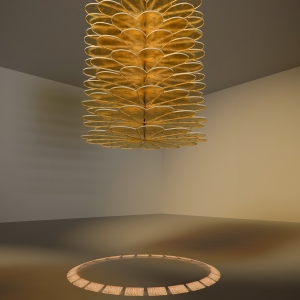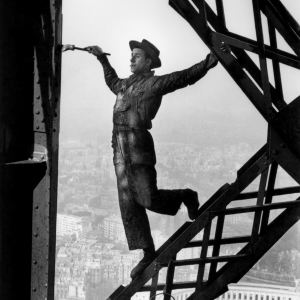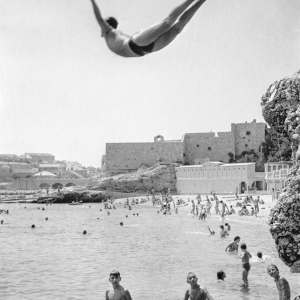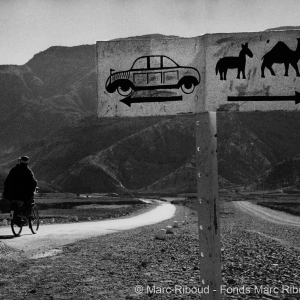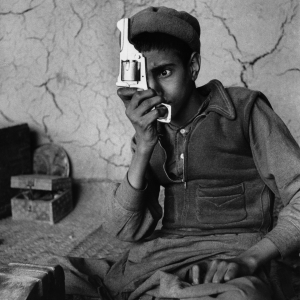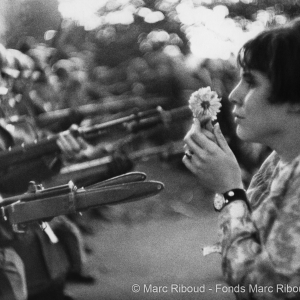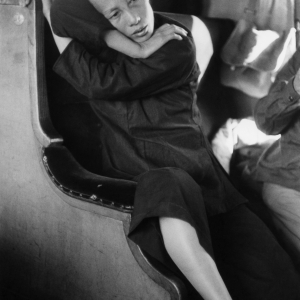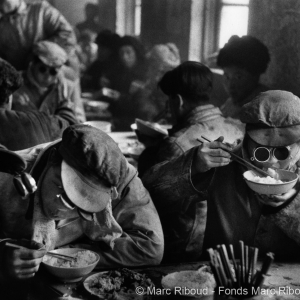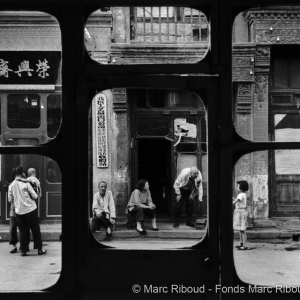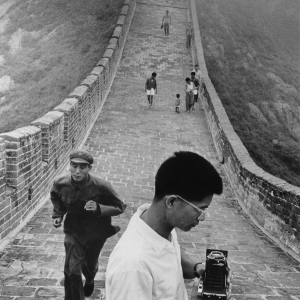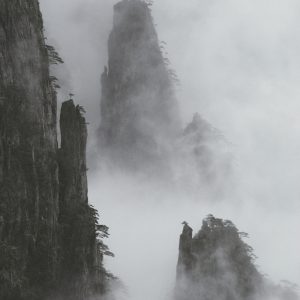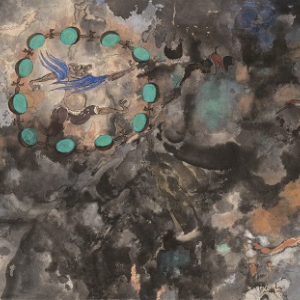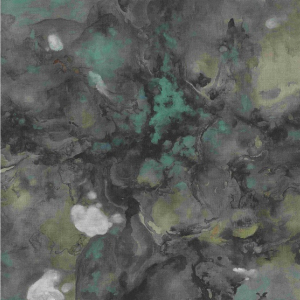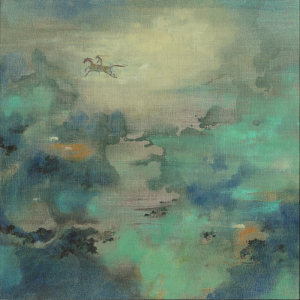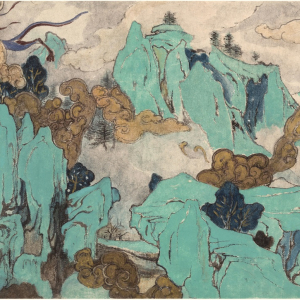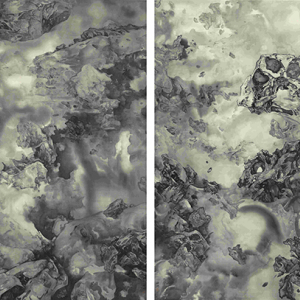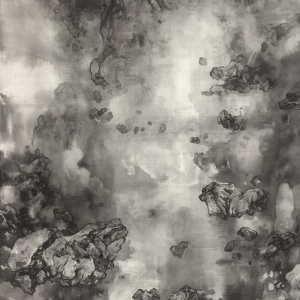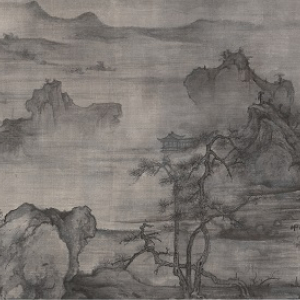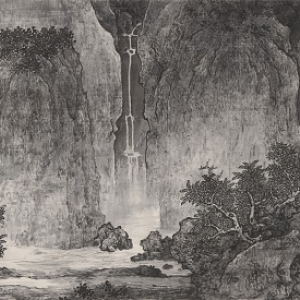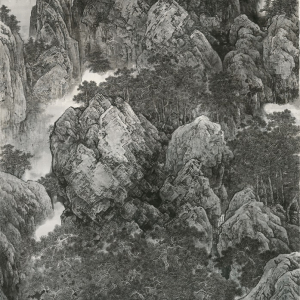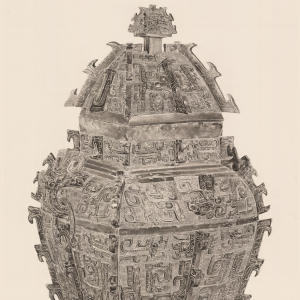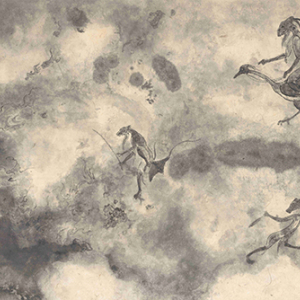Hunan Museum
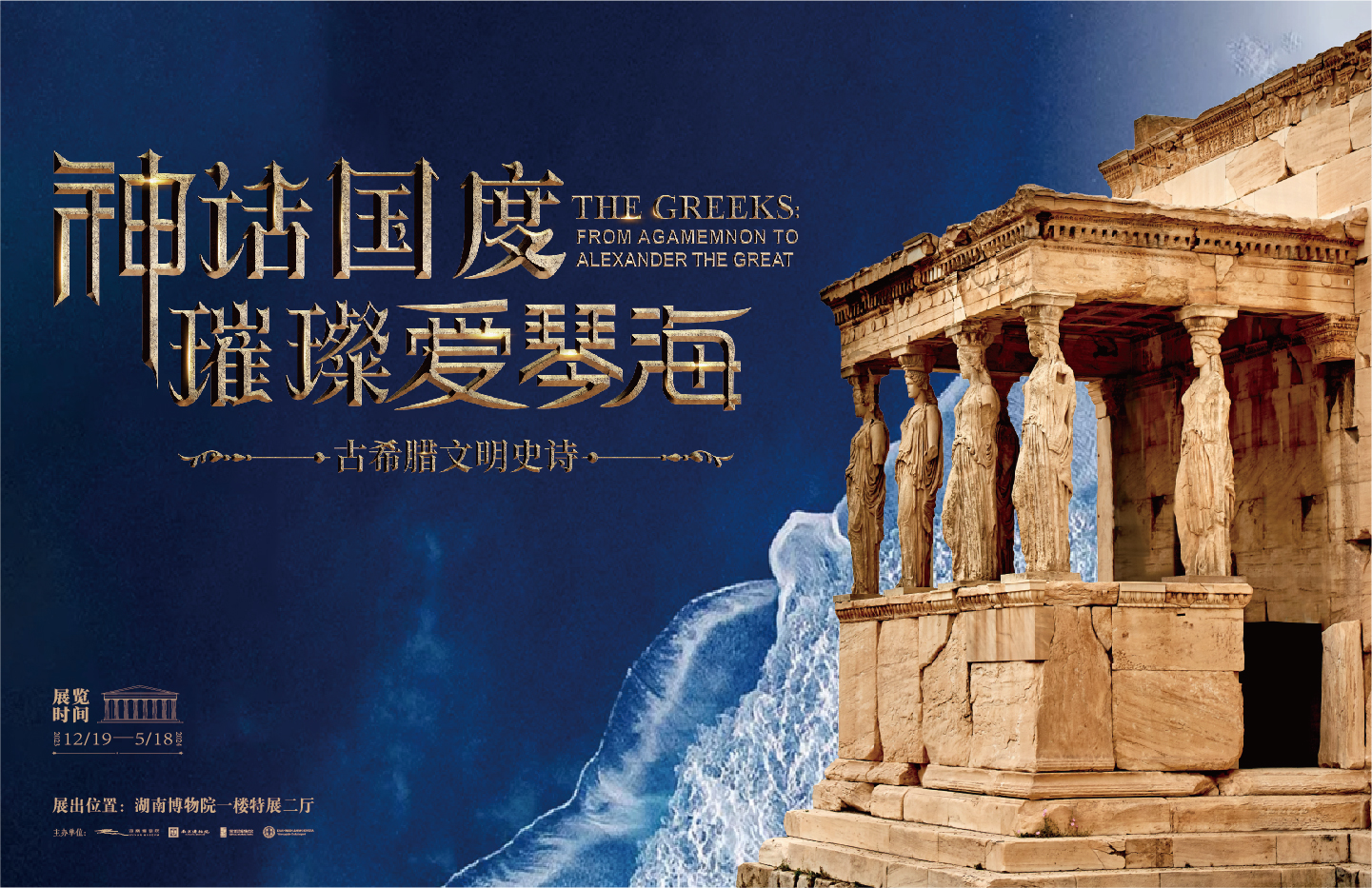
Introduction
The Greeks:From Agamemnon to Alexander the Great
Traveling through history, we sincerely eulogize "Glory to Greece". The ancient Greeks drew on the essence of Egyptian civilization as well as the Two Rivers civilization, and under the distinctive natural geography and human background of the Aegean Sea region, they created a regional culture that is remarkable in the history of mankind, and from which the whole of European civilization was nurtured. Moreover, up to the present day, the progress and development of Europe, western society and even the world are still absorbing the rich nutrients of ancient Greek civilization.
The exhibits come from 14 museums and cultural institutes in Greece, a total of 270 pieces/sets, including gold ware,bronze ware, porcelain and sculptures, spanning a period of 7000 years. These treasures is in the form of physical evidence to show the ancient Greek civilization since prehistory to the "Hellenistic" era of the beginning of the political, economic and cultural landscape.
“Splendid civilization owing to communication, rich civilization giving to mutual understanding”, let us enter this cultural feast together, enjoy the epic grandeur of ancient Greek civilization, roam in the rippling Aegean Sea, deeply understand the diversity and commonality of civilizations, and appreciate the important meaning of the human destiny.
Highlights
- 女人像——生殖崇拜
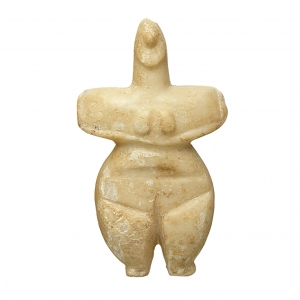
- 护身符——抽象至极却寄寓对生命的呵护之情
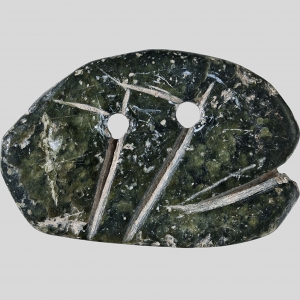
- 抱臂女人像
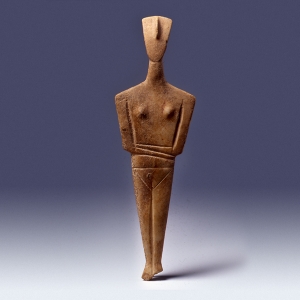
- 金别针
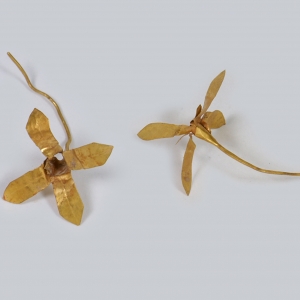
- 卡马雷西风格陶托盘
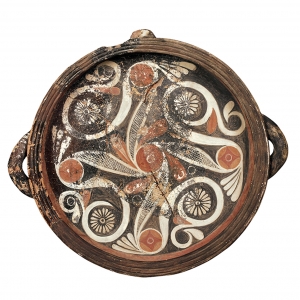
- 扬臂女神像
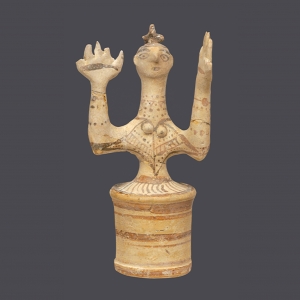
- 线形文字A泥版
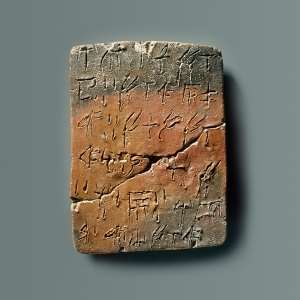
- 金杯
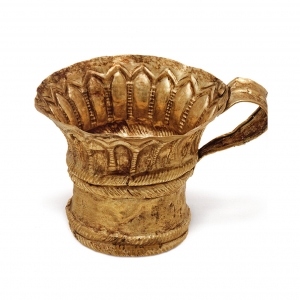
- 带状金头饰
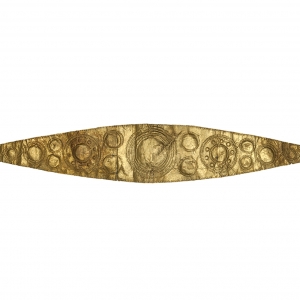
- 陶罐
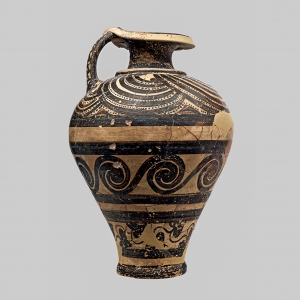
- 头盔
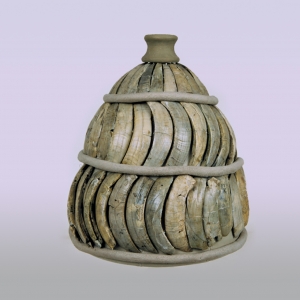
- 公元前15世纪 出土于迈锡尼91号墓室 希腊国家考古博物馆藏 这枚戒指可能是来自克里特岛米诺斯的舶来品。戒面为椭圆形,錾刻纹饰,图案描绘的是两名女性参加宗教活动的场景:她们高举双臂诚心祈祷,画面正中可能是一座神殿或祭坛。其中垂直的花形元素被解释为麦穗,而建筑顶部的流苏被解释为花瓶中的植物;祭坛两侧支撑着树枝,表明仪式与植被和繁衍有关,可能是在祈祷丰收。See More
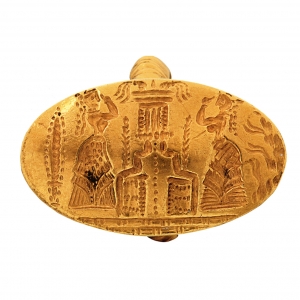
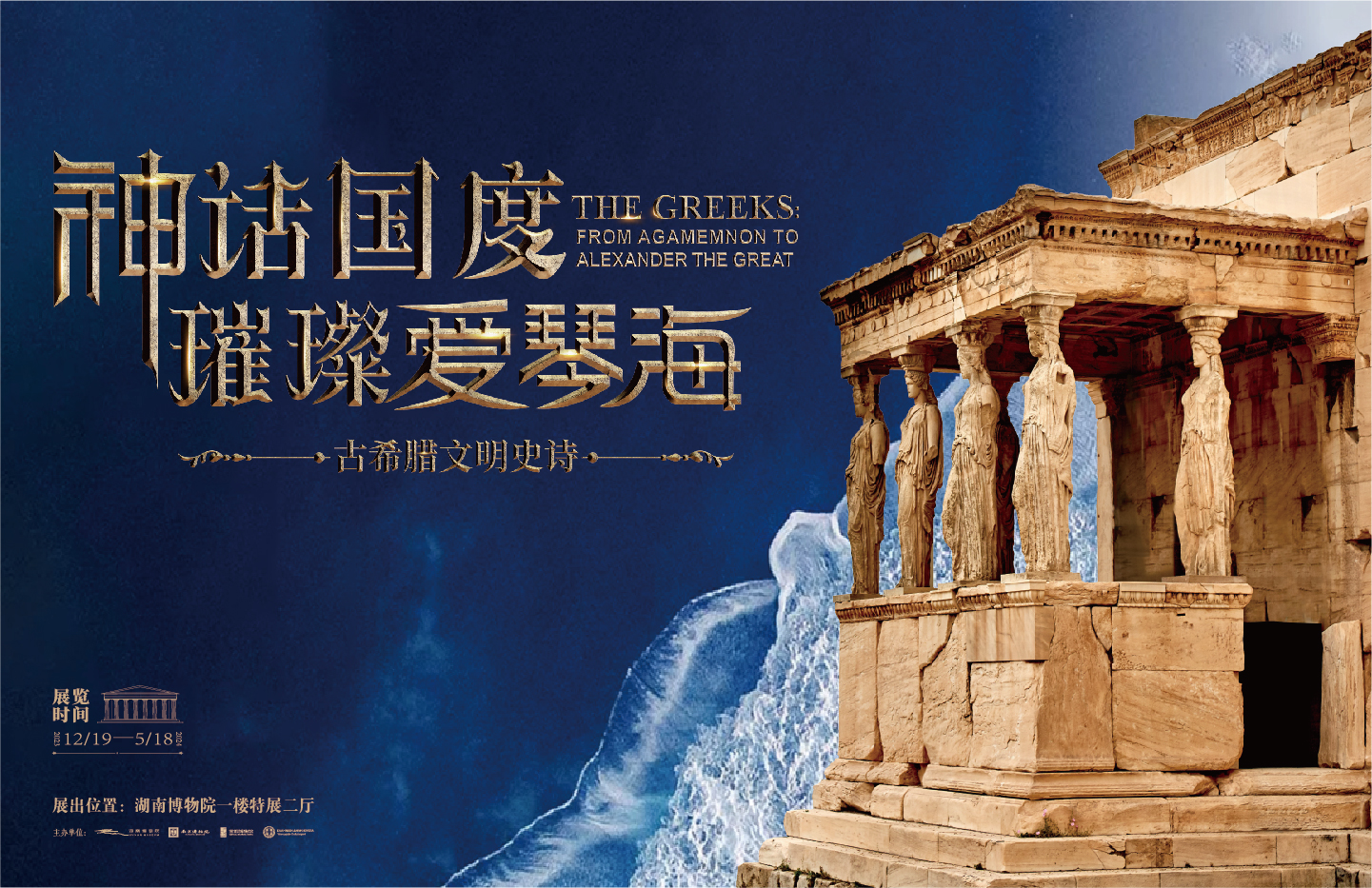
Introduction
神话国度 璀璨爱琴海——古希腊文明史诗
到历史中去旅行,我们由衷赞美“光荣属于希腊”。古希腊人汲取了埃及文明以及两河文明的精华,在爱琴海地区独特的自然地理环境与人文背景下,造就了一种人类历史上博大非凡的区域文化,并由此孕育出整个欧洲文明。而且直到现代,欧洲、西方社会乃至世界的进步与发展,仍然在吸纳着古希腊文明的丰富营养。
本次展览的展品来自希腊的14家文博机构,总计270件/套,有金器、青铜器、陶器、雕塑等多品类,时间跨越7000年之久,将以物证的形式展现古希腊文明自史前到“希腊化”时代开启的政治、经济与文化风貌。
“文明因交流而多彩,文明因互鉴而丰富。”就让我们一同走进这场文化盛宴,领略古希腊文明史诗般的恢宏壮阔,在那碧波荡漾的爱琴海里遨游遐思,深刻理解文明的多样性和共同性,体认人类命运共同体的重要内涵。
Highlights
- 女人像——生殖崇拜

- 护身符——抽象至极却寄寓对生命的呵护之情

- 抱臂女人像

- 金别针

- 卡马雷西风格陶托盘

- 扬臂女神像

- 线形文字A泥版

- 金杯

- 带状金头饰

- 陶罐

- 头盔

- 公元前15世纪 出土于迈锡尼91号墓室 希腊国家考古博物馆藏 这枚戒指可能是来自克里特岛米诺斯的舶来品。戒面为椭圆形,錾刻纹饰,图案描绘的是两名女性参加宗教活动的场景:她们高举双臂诚心祈祷,画面正中可能是一座神殿或祭坛。其中垂直的花形元素被解释为麦穗,而建筑顶部的流苏被解释为花瓶中的植物;祭坛两侧支撑着树枝,表明仪式与植被和繁衍有关,可能是在祈祷丰收。See More


Introduction
亘古的祈愿——梅山文化圈雕塑与信仰
梅山文化,指宋开梅山及其后数代,该地随着与其他文化的碰撞融合,层累递进为既流淌着南楚文化基因,又交融着道、佛、儒及南方其他族群影响元素的文化形态。她不仅是古代湖南中部梅山地区的一种文化现象,还是一种流传至今的活态文化,是中国西南地区瑶、苗等多个少数民族文化习俗的典型代表。
上古先秦今湖南境,是“九黎”“三苗”等蛮夷部落的世居之所。春秋战国时期,楚人南下,在此神话、信仰与巫术的沃土中,孕育生长出瑰丽璀璨的南国楚巫文化。楚文化后来逐渐受中原文化的消解同化,但楚地原始神灵信仰和祭奉习俗却在“不与外界通”的湘中古梅山地封存保留。从楚地巫觋到师公、仙娘,从太一、雷公到巫、道、佛众神殿堂,祭祀对象或有变化,但对现实生活原始的、本能的、质朴的趋吉避凶的愿望,却构成了梅山文化圈民间信仰永恒的精神轮廓。
本次展览通过遴选湖南博物院及相关机构藏湘中地区明清以来100余件木雕造像及楚地考古文物,展示该文化圈民间信仰的源流和基本面貌,以期带领观众领略独具湖湘地方特色的文化形态,激发观众对历史文化传承、文化多样性的思考和对生命的感悟。
本展览作为湖南博物院“湖湘文化”展览系列,“遗珍重光——湖南博物院‘发现系列’原创专题展”的一部分,获2023年度国家文物局“弘扬中华优秀传统文化、培育社会主义核心价值观”主题展览推介项目。
Highlights
- 青铜虎卣(仿制品)
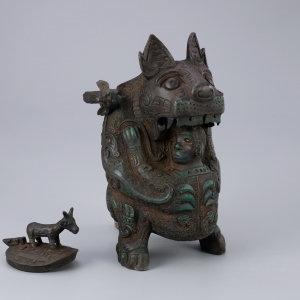
- 登曹祖父段法信像
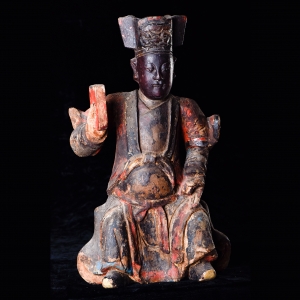
- 诸天佛祖像
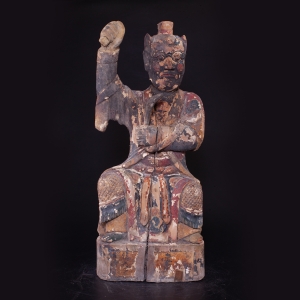
- 帛画《太一将行图》上的雷公形象
![西汉 长45厘米,宽44厘米 1973年长沙马王堆三号汉墓出土 头戴鹿角的“太一”神右边神像标有“雷[公]”字样(左边标“雨[师]”),据《楚辞·远游》“左雨师使径侍兮,右雷公以为卫”,整幅画面表现了太一神在雷公和雨师等诸神护卫下出行的场景。雷公头戴幞头,巨眼圆睁,口似鸟喙,下着短裙,为半人半鸟形象。直至今日,湘中梅山文化圈的雷神依然保存着古老的鸟形雷公形象。 帛画《太一将行图》上的雷公形象](https://web.hnmuseum.com/sites/default/files/styles/zhuanti_squareimg/public/4%E3%80%8A%E5%A4%AA%E4%B8%80%E5%B0%86%E8%A1%8C%E5%9B%BE%E3%80%8B_0.jpg?itok=1HHGWR-s)
- 普化天尊雷神大将像
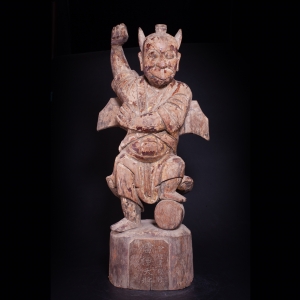
- 九子镜
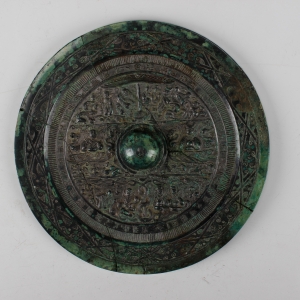
- 九子娘娘像
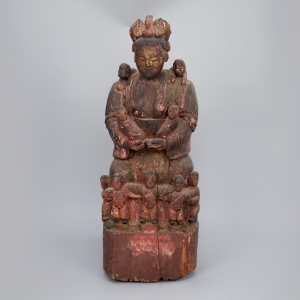
- 老外祖谢法□像和发愿文
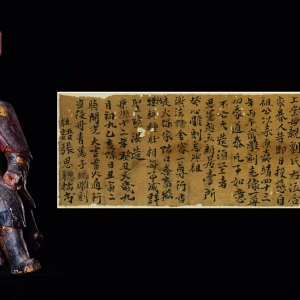
- 度师钊法□像和发愿文
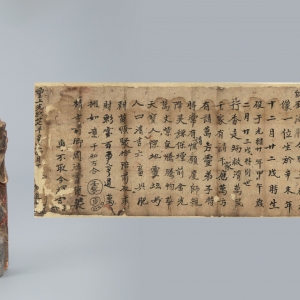
- 尊师生容像和发愿文
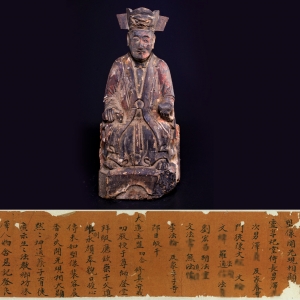
- 何法□神像及发愿文
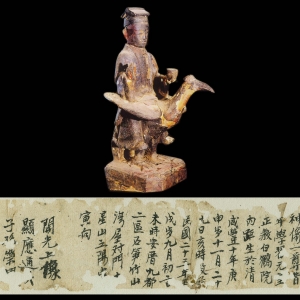
- 湘中 民国十年(1921年) 高43厘米 此类雕像中也有少量的女性神像,多以“某氏仙娘”“某氏夫人”等命名,通常为当地中年或老年妇女形象,坐姿和法器多与男性师公像相仿,也多见持帕或抱子、骑马形象。See More
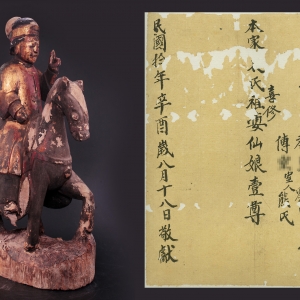
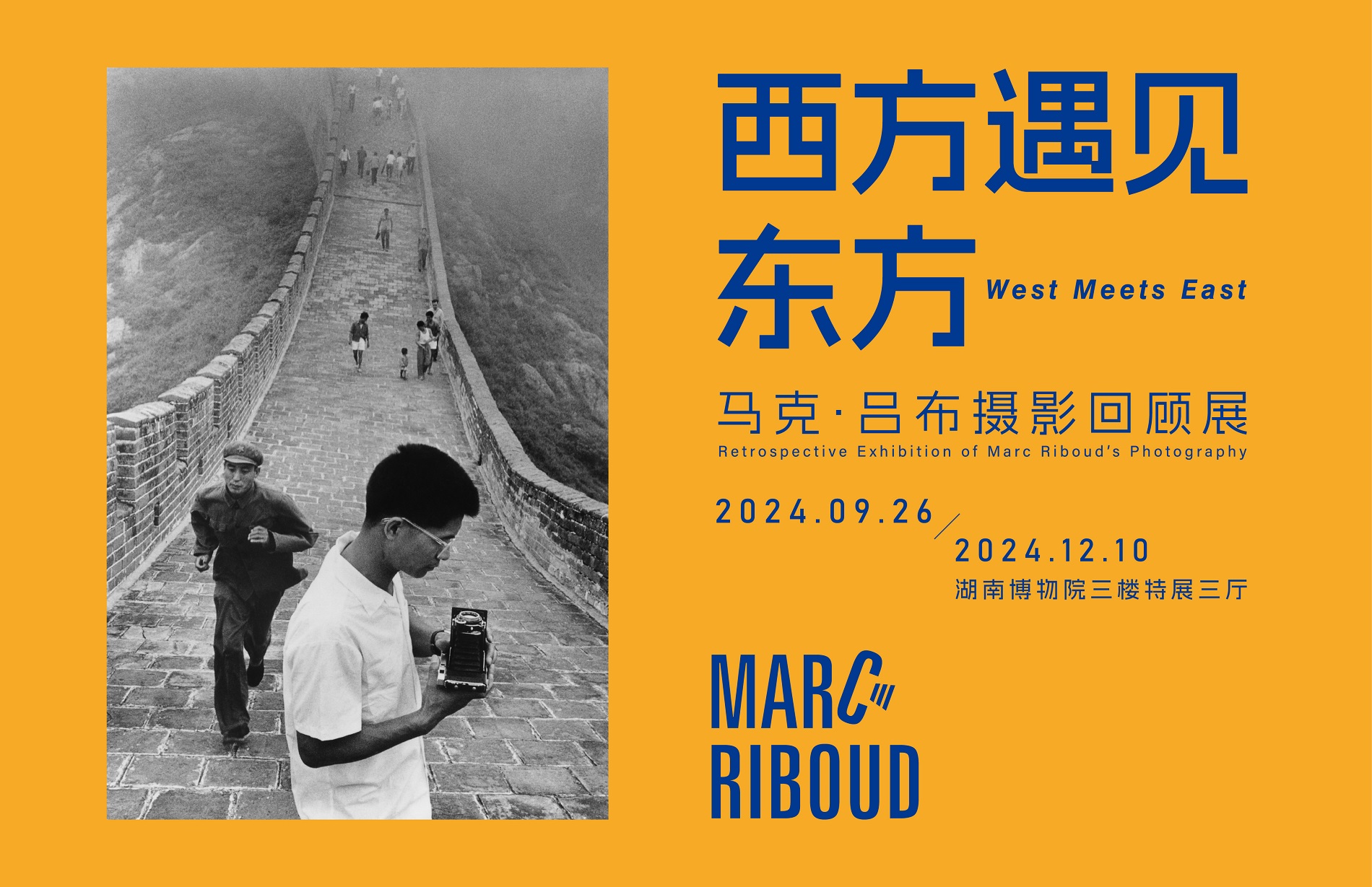
Introduction
西方遇见东方——马克·吕布摄影回顾展
2024年是中法两国建交60周年和“中法文化旅游年”,值此重要的欢庆年份,湖南博物院携手法国国立吉美亚洲艺术博物馆,将于9月26日至12月10日在湖南博物院三楼特展三厅举办“西方遇见东方——马克·吕布摄影回顾展”,此次展览将免费对公众开放。该展览由湖南博物院、法国国立吉美亚洲艺术博物馆联合主办,马克·吕布之友协会、法国驻华大使馆、法国对外文化教育局协办,本次展览也是“2024中法文化之春——中法建交60周年特别呈现”艺术节的重要视觉艺术项目。
展览遴选法国国立吉美亚洲艺术博物馆馆藏马克·吕布118件/套经典摄影作品,其中包括摄影师从1957年至2010年间二十多次访问中国拍摄的珍贵照片。他以敏锐的直觉、独特的艺术视角和丰富的影像语言,捕捉中国社会各个层面的真实面貌,向西方世界客观地介绍了上世纪50年代至2010年间中国历史与社会的巨大变迁。他的摄影作品不仅具有极高的艺术价值,更具有重要的历史意义。它们见证了中国的历史巨变,很多经典的瞬间已经成了20世纪中国的时代缩影。
正如马克•吕布先生所言:“我热爱的国家就像我的朋友。我喜欢再次看到她们,了解她们的发展和变化。因此,我经常回到中国,这里的一切都比其他地方发展得更快,即使细心的人也可以看到在这躁动的表象下事物的永恒。”
Highlights
Artist introduction
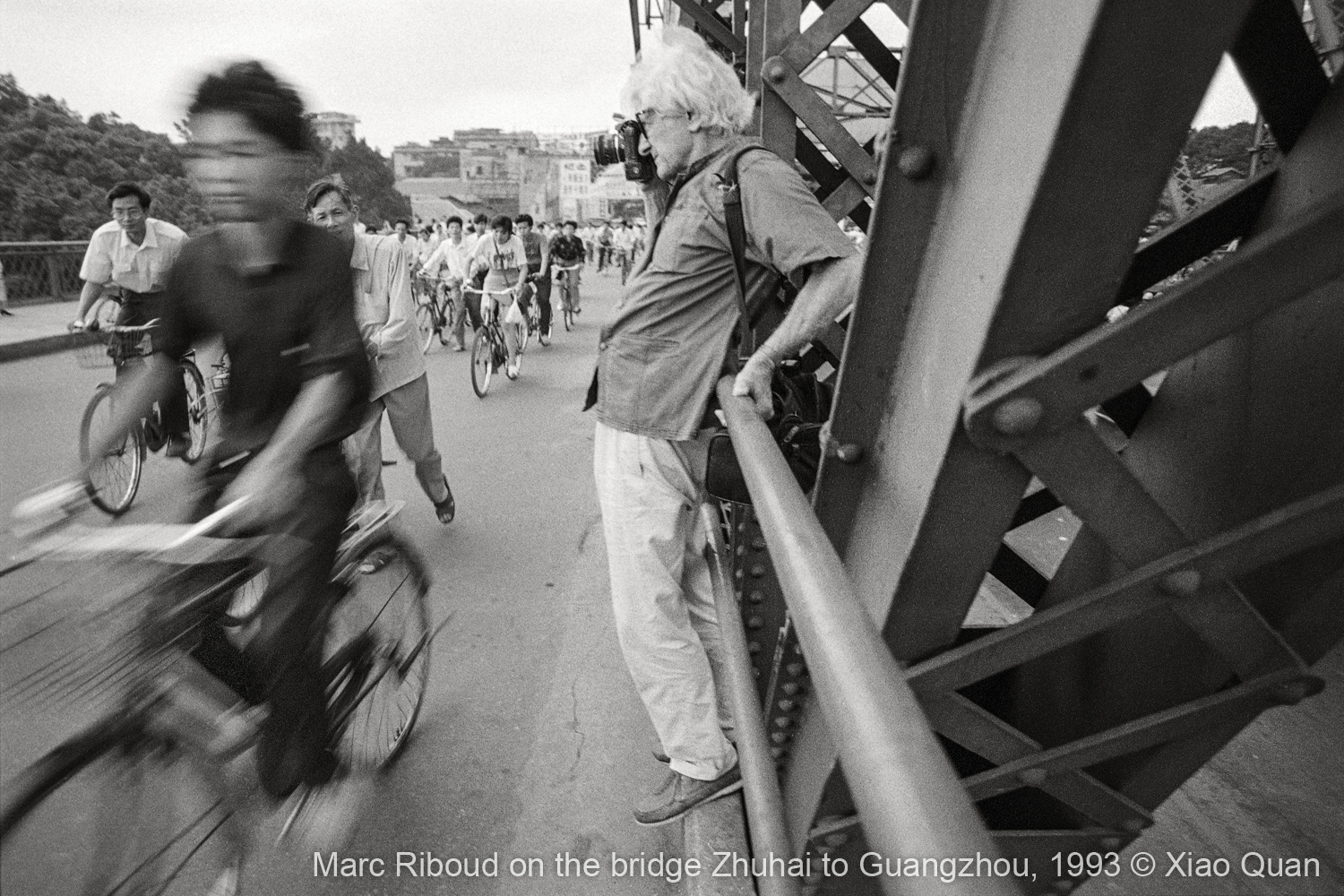
马克•吕布(Marc Riboud),法国著名摄影家,1923年生于法国里昂。他于1937年开始拍摄照片,1942年至1945年参加了法国地下反法西斯游击队,之后成为一名工程师。30岁时他结识了亨利•卡蒂埃-布列松和罗伯特•卡帕,并受邀加入玛格南图片社。
在英国生活一年之后,他开始长途旅行。首先向黎巴嫩的首都贝鲁特出发,途经土耳其、伊朗、巴基斯坦、阿富汗和尼泊尔,最后抵达印度的加尔各答,历时整整一年。1957年他第一次到中国旅行,1958年又在日本生活了几个月。
上世纪60年代初他拍摄了阿尔及利亚和非洲的独立运动,并先后几次游历前苏联。1979年起他不断往返中国,跟踪记录了中国社会的巨变并与黄山结缘。他还多次造访柬埔寨的吴哥古迹,并在土耳其和法国拍摄。
中国是马克•吕布拍摄最多的国家,1957年到2010年间,马克•吕布先后二十多次访问中国。他满怀热情地观察着中国社会的变革,“了解中国最好的方式就是观察”,这个观念驱使他一次又一次地返回中国拍摄。 在他的摄影生涯中,中国一直都是充满美和惊喜的、无穷无尽的灵感源泉。他记录中国五十年关键历史的照片已经成为那个时代的珍贵见证。
他的作品富有直觉,见微知著,优雅生动,始终保持着独特的“视觉建构的节奏和韵律”,温暖而深刻地触及人与物之间转瞬即逝的共鸣与默契。正如玛格南图片社前任主席马丁·帕尔所言,“吕布是少数几个将新闻摄影和艺术世界结合起来的摄影师之一。”他的作品不仅记录了世界的瞬间,更展示了他内心深处对人类和世界的深刻理解和同情。
马克·吕布是蜚声世界的摄影大师,曾担任玛格南欧洲分部主席,其作品曾刊登于《生活》《国家地理》《巴黎竞赛画报》《明星周刊》等知名杂志,并在全球多家著名博物馆和美术馆展出。他还曾获得美国海外新闻俱乐部奖、纽约国际摄影中心“无限奖”、徕卡终身成就奖、索尼世界摄影大赛终身成就奖等。

Introduction
远游——致敬马王堆汉代绘画泰祥洲作品展
湖南博物院于2024年12月21日至 2025年4月21日在三楼特展三厅举办“远游——致敬马王堆汉代绘画泰祥洲作品展”。
此次展览是湖南博物院马王堆汉墓考古发掘五十周年系列活动的压轴项目,精心挑选了泰祥洲近两年的新作品和不同时期的代表作共计70件(套),是艺术家阶段性的总结回顾展。展览分为四个章节,主要呈现对马王堆汉代文化图式在当代语境下的全新演绎,以及面对潇湘厚重的历史人文,如何不断更新具有时代性的艺术表达。潇湘系列的作品是泰祥洲在研究宋代绘画的基础上,考虑到展览本身的在地性,结合湖南的传统文化和风景地貌,将历史上著名的“潇湘八景山水画”重新演绎与释读,以当代的艺术语言与湖湘文化完成的一次对话,亦可谓是“问道潇湘”。天象系列是其代表作品之一,特别是对山石结构与云气的表现上发展出了自己独特的绘画语言,将水墨画拓展到地理学上甚至宇宙学的时空维度。师古人是学习中国传统绘画的最佳途径,泰祥洲的拟古山水系列正是取法宋代经典山水画,又注入自己的思想观念,使画面呈现出一派“古貌出新颜”的时代特色。
泰祥洲深谙要进入艺术史,就要通晓古今思想史和哲学史,完成自己的艺术建构和学术体系。纵观他的绘画历程和思想观念,你会发现其中暗合中国的哲学和艺术精神,反映了当代艺术家在新时代背景下对现实世界的思考和探索。展览旨在积极推动中国当代山水画的创新和发展,让更多的人了解和传承中华优秀的传统文化。
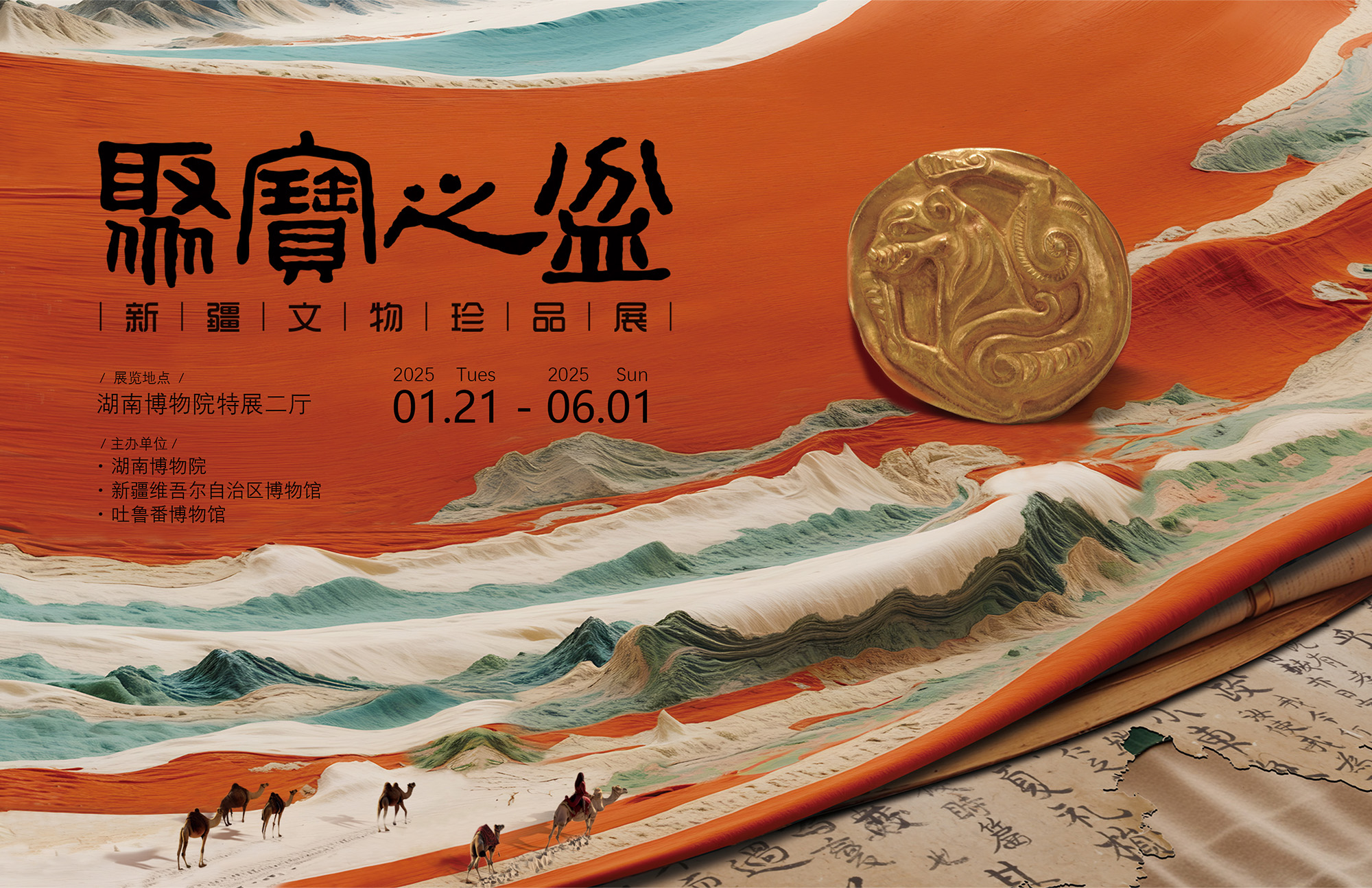
Introduction
聚宝之盆 ——新疆文物珍品展
新疆地大物博、山川壮阔,历史人文璀璨,自古以来就是多民族、多宗教、多文化的融汇之地。历代中央政权对新疆地区行使了管辖权。新疆各民族是中华民族血脉相连的家庭成员,手足相亲、守望互助,休戚相关、荣辱与共。在长达数千年的交往交流交融历史中,新疆各族人民在中华民族大家庭中像石榴籽一样紧紧抱在一起,谱写了开发、建设新疆的恢宏史诗,共同铸就了多元一体、灿烂辉煌的中华文明。
特殊的地理环境,使得新疆历史文化遗产资源具有明显的地域特征和特色。新疆出土的织物、文书以及墓葬绘画,在全国乃至世界上影响深远,堪称国家宝藏,为我们勾画了新疆古代人民生产、生活的状况,为历史学、考古学、艺术学等学科研究提供了丰富的资料。
晚清民族英雄湖南人左宗棠率部收复新疆。他盛赞新疆云:“天山南北两路粮产丰富,瓜果累累,牛羊遍野,牧马成群。煤、铁、金、银、玉石藏量极为丰富,所谓千里荒漠,实为聚宝之盆。”此次湖南博物院联合新疆维吾尔自治区博物馆、吐鲁番博物馆共同举办“聚宝之盆——新疆文物珍品展”,精心遴选了包括金属器、陶器、织物、文书、书画等在内的158件(套)文物珍品,从自然环境、游牧到农耕的生产方式、丰富的物质与精神文明等方面来讲述新疆的历史文化故事。
作为世界自然遗产的天山横亘于新疆中部,天山之下是绵延万里、延续千年的丝绸之路。和平合作、开放包容、互学互鉴、互利共赢的丝路精神是人类文明的遗产。丝路珍宝承载的是多元一体的中华山河之美、历史之美、文化之美,新疆丰厚的文化遗产是各族人民不容错过的精神文化饕餮盛宴!
Highlights
- 三角纹栽绒毯
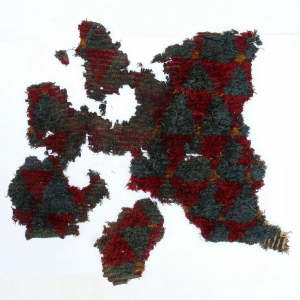
- 包金虎形铜牌
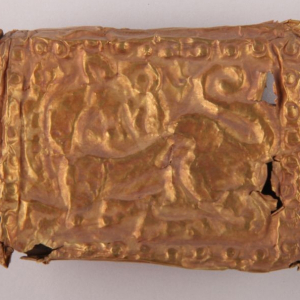
- 虎噬羊铜牌
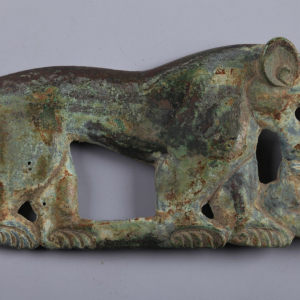
- 虎形圆金牌
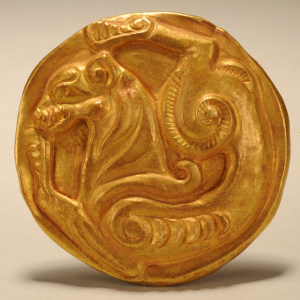
- 对虎纹金箔带
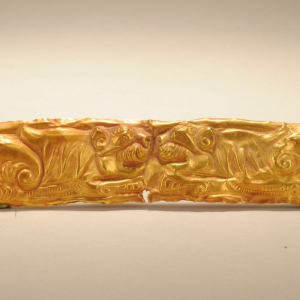
- 翼兽对视铜环
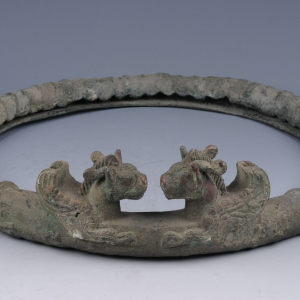
- 蜷狼纹铜镜
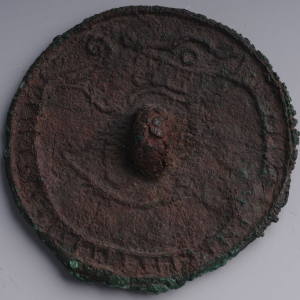
- 羊形柄铜镜
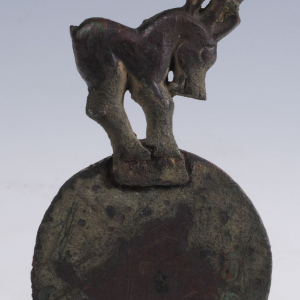
- 天青色女上衣
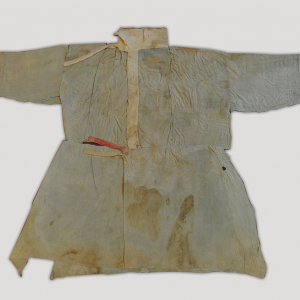
- 树纹锦覆面
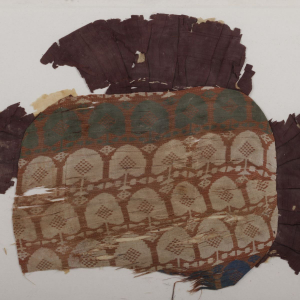
- 蜡染蓝白印花棉布
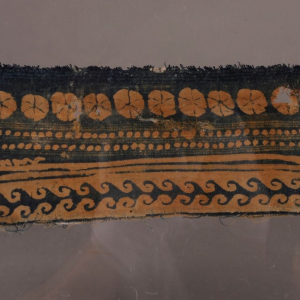
- 汉(公元前 202 年—220 年) 毛 ①长 20、宽 3.8 厘米 ②长 10.5、宽 3 厘米 ③长 7、宽 3 厘米 和田洛浦县山普拉墓地 1 号墓出土 新疆维吾尔自治区博物馆藏 【展品说明】 绿地葡萄纹罽为双层两面纹毛织物,绿地,黄棕色显花,图案是折技葡萄纹样和葡萄叶纹,残为三片。罽是中国古代毛纺织品中的精品,通常将精细的或提花的的毛织物称作罽,其中分为细罽、彩罽、花罽等。罽一般作为古代新疆人的服饰出现,通常将罽缝制成各种的衣物如长短衣、裤装及一些冥具如枕头、护颌罩、覆面等,以丰富生活品质。 考古资料表明,至少在春秋时期新疆已种植葡萄,到了汉代葡萄传入中原。《齐民要术》曰:“汉武帝使张骞到大宛,取葡萄实,如离宫别馆旁尽种之。”到了唐代,葡萄纹在工艺美术领域里已普遍流行,葡萄蔓延的枝条和丰硕的果实象征着“富贵长寿”,深受人们的喜爱。See More
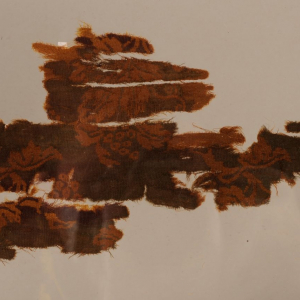

Introduction
Infinite Purity and Beauty-the Single Colour Glazed Porcelain Exhibition
In all ages, single-colour glazed porcelain has been an important category of Chinese porcelain, representing the most traditional Chinese aesthetic concept. Pure and elegant single-colour glazed porcelain greatly won chinese ancient royalties' and literati's appreciation.
After more than a thousand of year's development, single-colour glazed porcelain thrives today. During the Eastern Han Dynasty, mature celadon, brown porcelain and early white porcelain were fired in southern China. Subsequently, the techniques of firing white porcelain were lost, black porcelain was created based on brown porcelain, and celadon flourished and was introduced to the north in the late Southern Dynasty. The techniques of firing celadon were greatly improved in the northern part of China, which paved the way to create mature white porcelain, gradually, the situation of "Southern Celadon and Northern White Porcelain" was formed during the Sui and Tang Dynasties. In Tang Dynasty, there were green porcelain, yellow porcelain and red porcelain, the green porcelain kept developing, and the techniques of firing yellow porcelain were lost and innovated in Ming Dynasty. The red glaze was accidentally fired, and the firing technology was mastered in the Yuan Dynasty. During Ming and Qing Dynasties, single-colour glazed porcelain ushered in the peak of development, and glaze varieties emerged one after another.
Looking back at the development of single-colour glazed porcelain, the firing techniques have been inherited and innovated, while there have been setbacks and losses. The process is complex and tortuous, reflecting the wisdom and arduousness of the Chinese porcelain craftsmen in promoting the evolution of glaze colour. In the infinite purity and beauty of glaze, the brilliance and glory of Chinese civilization are shining.
Highlights
- 岳州窑青釉四系罐

- 岳州窑青釉执壶
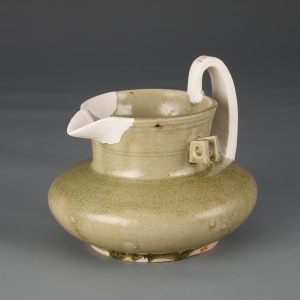
- 岳州窑青釉净瓶

- 岳州窑青釉印花高足杯

- 洪州窑青釉五盅盘

- 长沙窑青釉碗
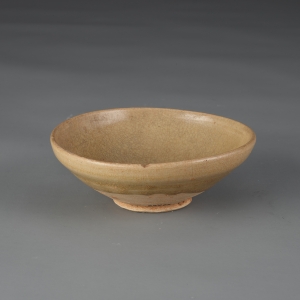
- 长沙窑青釉执壶
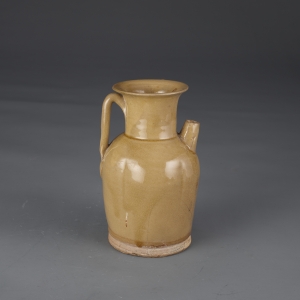
- 长沙窑青釉夹耳罐

- 越窑青釉粉盒
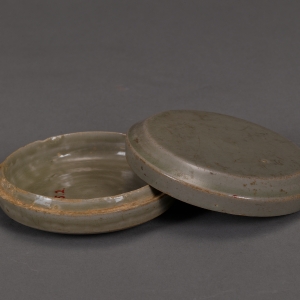
- 越窑青釉碗

- 越窑青釉罐

- 北宋(960-1127) 高9.8厘米,口径8.85厘米,足径6厘米See More
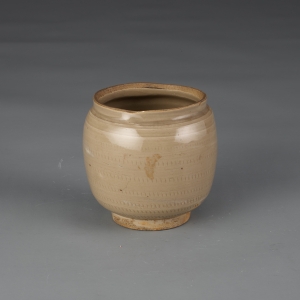

Introduction
Exhibition of the Sanxitang Shiqubaoji Model Calligraphy Ⅱ
The Sanxitang Model Calligraphy was carved in 1747. Emperor Qianlong ordered officials including Liang Shizheng and Jiang Pu to carefully select from, copy and carve the famous calligraphy works of various dynasties in Shiqubaoji, which took them 7 years. The model calligraphy got its name because it contains Emperor Qianlong's three favorite calligraphy works – A Sunny Scene After a Quick Snow by Wang Xizhi, Mid-Autumn by Wang Xianzhi and Letter to Boyuan by Wang Xianzhi – all of them were collected in Sanxitang, the West Warm Room of Yangxin Hall. After the Sanxitang Model Calligraphy was engraved, Emperor Qianlong specially built Yuegulou Building in Beihai Park to store these stone carvings. He also entitled “Yan Yun Jin Tai” (calligraphy of different forms) and a seven-character poem, which shows how much they were treasured.
The Sanxitang Model Calligraphy contains works from the Wei and Jin dynasties to the end of the Ming Dynasty, including almost all the excellent calligraphy scripts in the Ming Dynasty, such as Tingyunguantie and Yugangzhaitie. Some of the original scripts have been destroyed or lost, such as Zhong Yao’s Jianjizhibiao, Wang Xianzhi’s Songlitie, and Zhao Mengfu’s Wanshanfu. Fortunately, with the Sanxitang Model Calligraphy, we can see the copies of them.
With numerous volumes, strict selections, excellent carving copies and large scales, the Sanxitang Model Calligraphy is of great historical, artistic and academic value. With a collection of works from 135 masters, 340 pieces of calligraphy, more than 200 prefaces and postscripts, over 1600 seals, 32 classifications, 495 pieces of stone carvings and more than 90,000 characters of inscriptions, it is one of the best calligraphy stone carvings.
Hunan Museum has a rich collection of paintings, calligraphy and inscriptions. At the beginning of the new year, we carefully selected the collection of the Sanxitang Model Calligraphy series and planned this exhibition for visitors, from whom valuable suggestions are welcomed.
Highlights
- 清·弘历 书 三希堂石渠宝笈法帖序
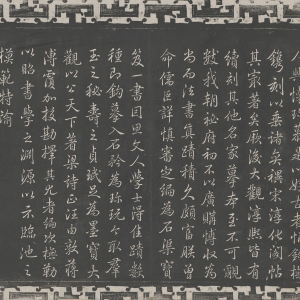
- 清·弘历 书 三希堂石渠宝笈法帖榜题“烟云尽态”
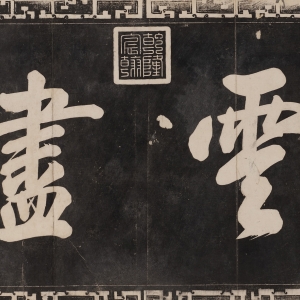
- 清·弘历 书 三希堂石渠宝笈法帖诗跋《阅古楼》
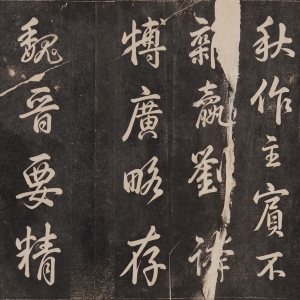
- 晋·王羲之 书《袁生帖(二谢帖)》(古摹本)
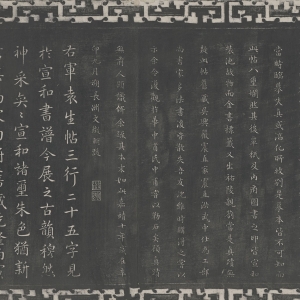
- 晋·王羲之(旧传) 书《曹娥碑》
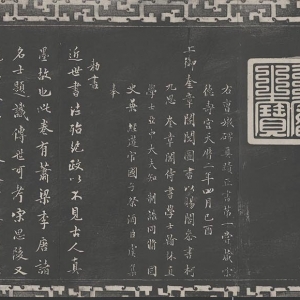
- 隋·佚名 书 《出师颂》
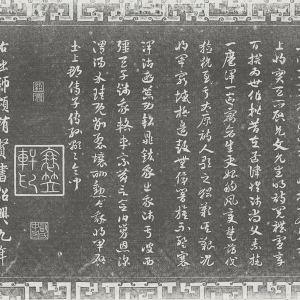
- 唐·欧阳询 书《卜商帖》(摹本)
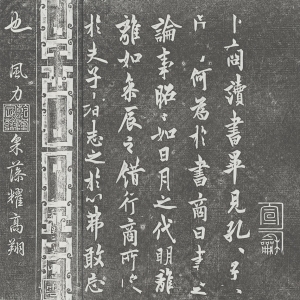
- 唐·欧阳询 书《张翰帖》(摹本)
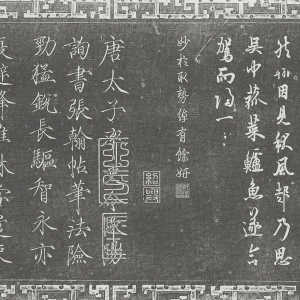
- 唐·褚遂良 书《倪宽赞》(宋仿)
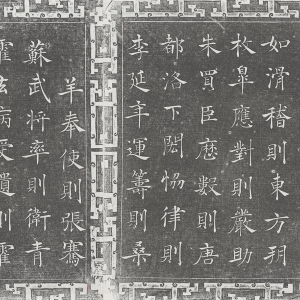
- 唐·冯承素(旧传) 摹 《兰亭序》
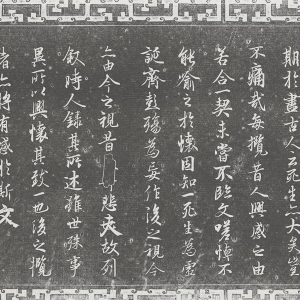
- 唐·颜真卿(旧传) 书《告身帖》
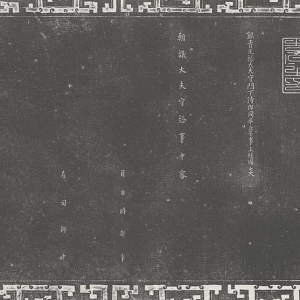
-
See More
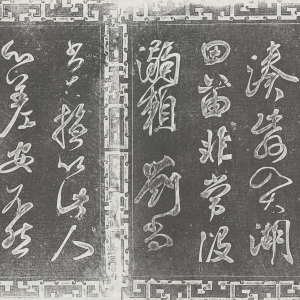
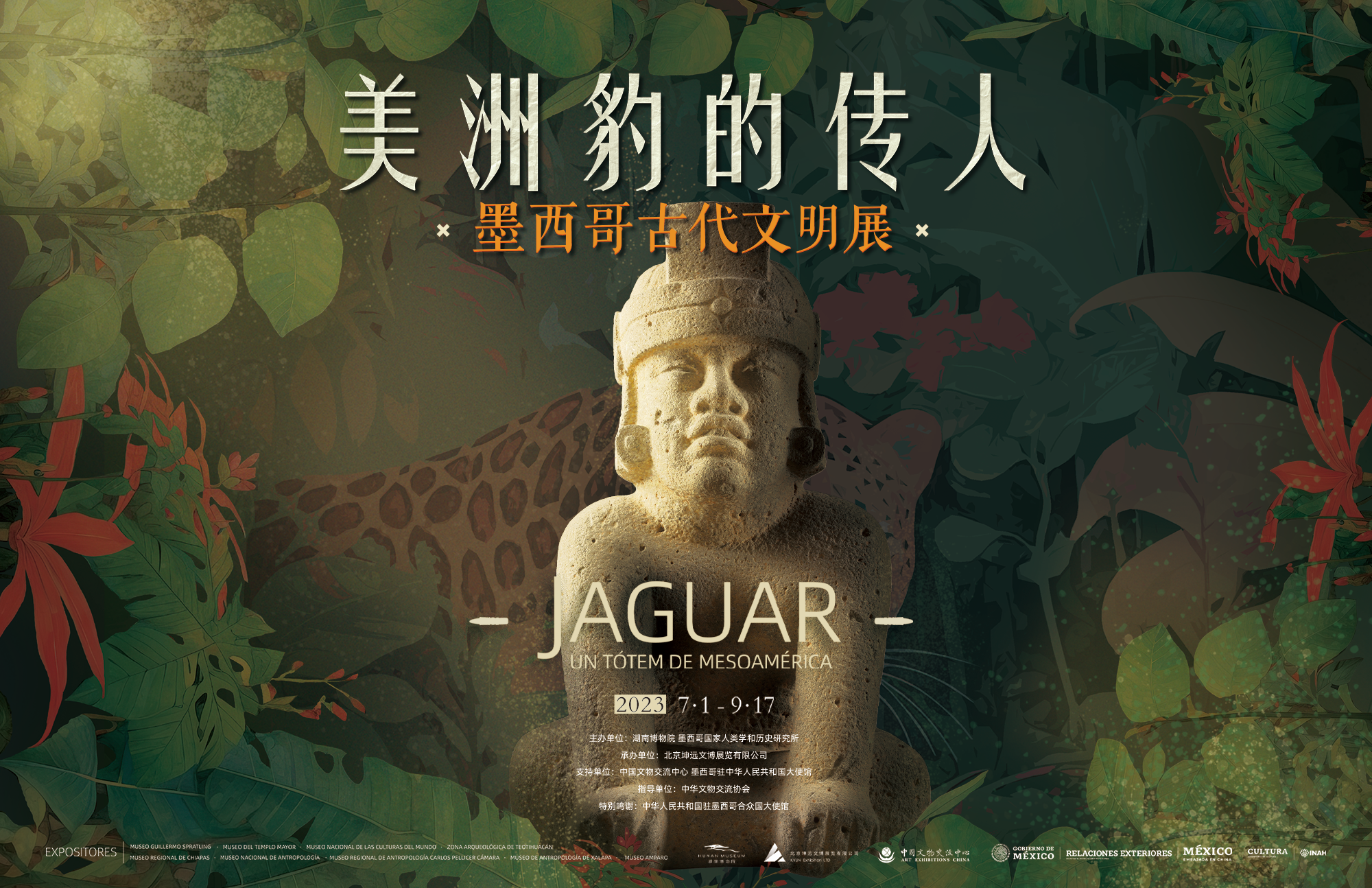
Introduction
Jaguar-Un Totém De Mesoamérica
The ancient civilization of Mexico is renowned for its rich cultural heritage, profound historical charm, and unique style. Its cultural forms are diverse, interwoven, and influenced by each other. Among them, Omelt culture, Mayan culture, Teotihuacan culture, Aztecs culture, etc. Are the important central cultures of Mexico’s ancient civilization. The Jaguar, with its sacred character, is an important symbol in many Mexican cultures, reflecting the local religious concept, spiritual connotation and social outlook.
This exhibition brings together 154 pieces (sets) of fine cultural relics collected by 9 Mexican cultural institutions, covering the period from 2300 BC to the 16th century. Taking "Jaguar" as the main line and cultural anthropology as the perspective, it explains the geographical environment (civilization created by water), production and lifestyle (hometown of corn), and spiritual beliefs (worship of Jaguar) of ancient Mexicans, and traces back to the ancient culture of Mexico in different periods, regions and ethnic groups, the audience will focus on the glorious and colorful ancient Mexican civilization, and reveal the extremely important role of Jaguar in the ancient Mexican social life.
Highlights
- “王子”豹人石雕
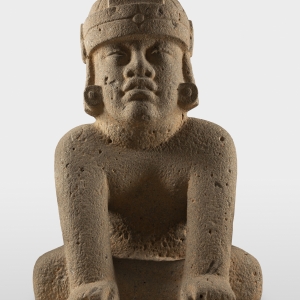
- 雨神特拉洛克陶像
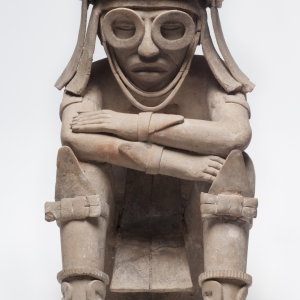
- 雨神特拉洛克石雕像
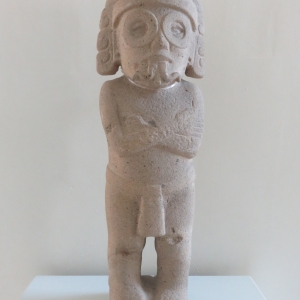
- 地下世界众生形象陶香炉盖
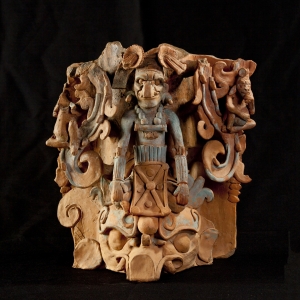
- 地下世界众生形象陶香炉盖
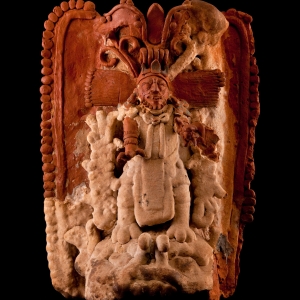
- 美洲豹头上的人物形象陶香炉
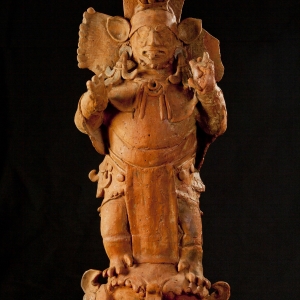
- 祭祀用的人首马镫形陶壶
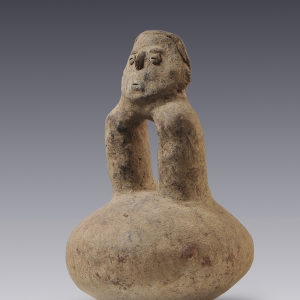
- 祭祀用的豹形陶罐
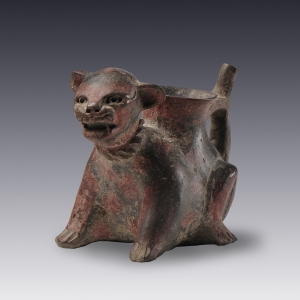
- 祭祀用的羽毛纹豹形陶罐
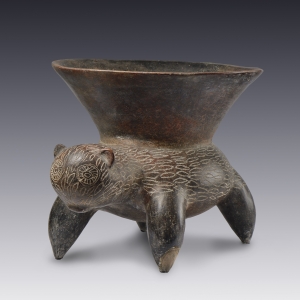
- 豹人玉雕
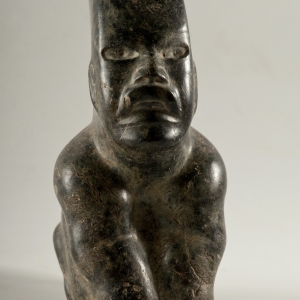
- 装饰有V形沟壑的豹人首石雕
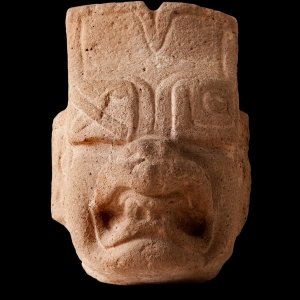
- 公元前1800—前200年 25.5×5×2厘米 塔巴斯科州 卡德纳斯 奥约沙尔 卡洛斯‧裴里瑟‧卡玛拉人类学博物馆藏See More
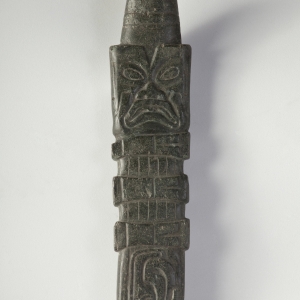
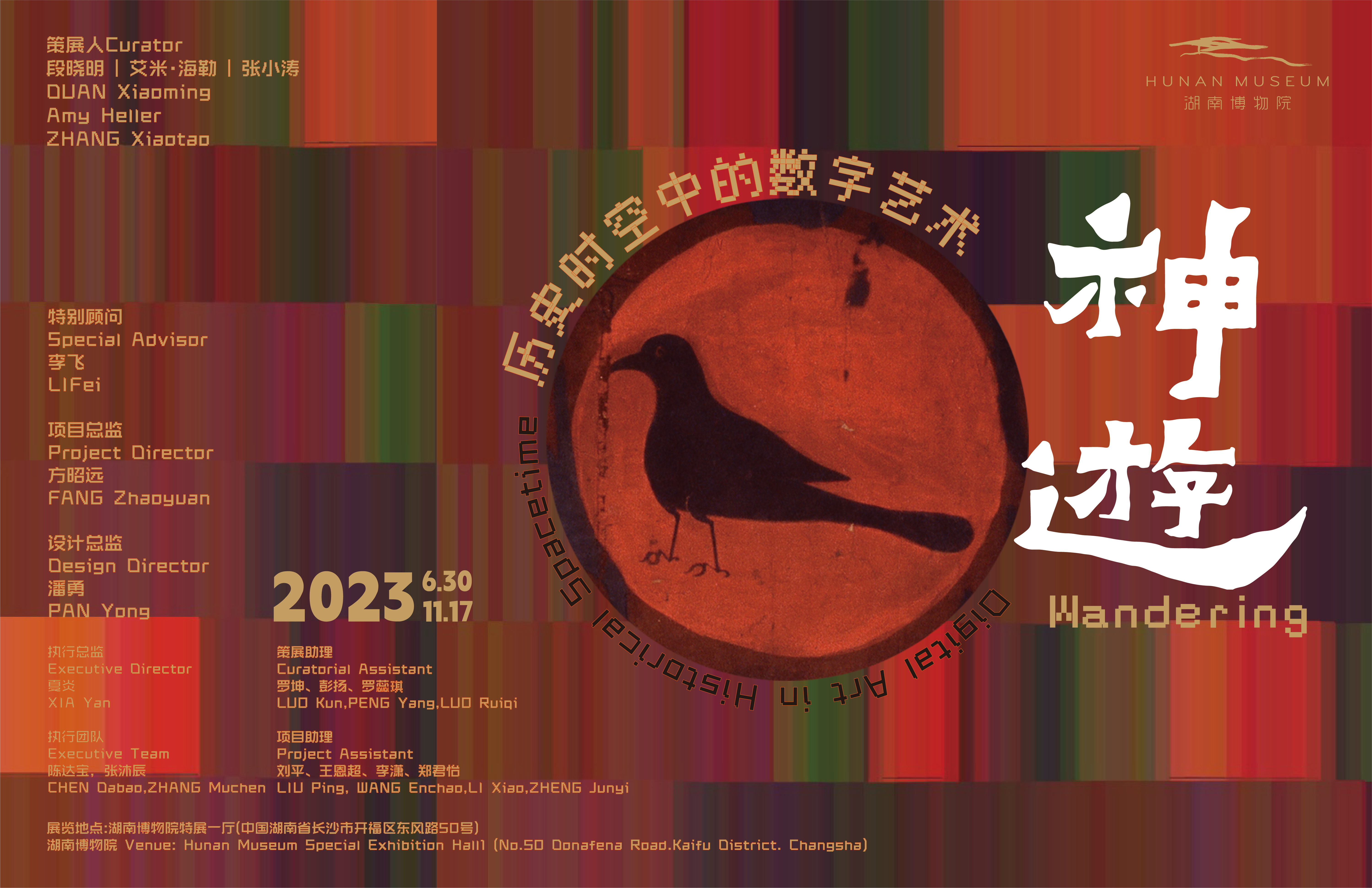
Introduction
Wandering-Digital Art in Historical Spacetime
On the shore of the Xiangjiang River, the dream of eternal life unfolds. Bronze Ding with inscription “Dahe” and the splendid Chinese silk and brocade were discovered here.
When Mawangdui Han Dynasty Tombs, Shang and Zhou bronzes, digital art and virtual world "collide", national treasures exhibit in an awesome way.
The exhibition, "Wandering-Digital Art in Historical Spacetime", is an interdisciplinary and cross-media experiment of historical archaeology and digital art, starting from the ideas, concepts and methods of global digital art. It is also an academic, public, local and international project in the field of technology and art . The exhibition combines Hunan's history and the national treasures of the Hunan Museum, conducting a profound conversation and interpretation with digital art. From the ancient beliefs of the immortals to today's cross-temporal collision of the meta-verse, it is the interplay between ancient and modern civilizations, a cross-border interaction between modern and contemporary art and China's excellent traditional culture, and a tribute of modern technology to the great classical civilization.
As the first international digital art exhibition held in Hunan, it covers the exhibited works of the most important global exhibitions such as Documenta, Venice Biennale and the Ars Electronica Festival in Linz, Austria. This is not only an important event for digital art display, education and research in China, but also an important summit for global digital art exchange.
Highlights
- 商代人面纹方鼎
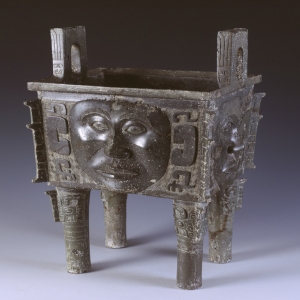
- 姚燕安 + 樊丽娜《多足行鼎》
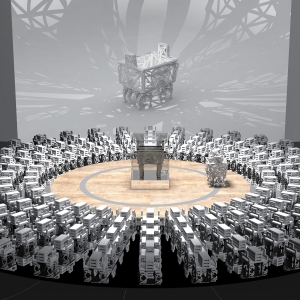
- 商代豕形铜尊
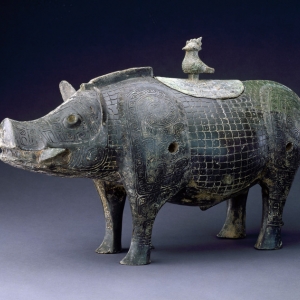
- 张沐辰《数字猪尊》
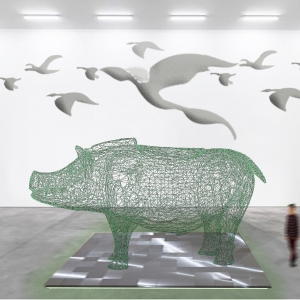
- 马王堆汉墓T形帛画(复制品)
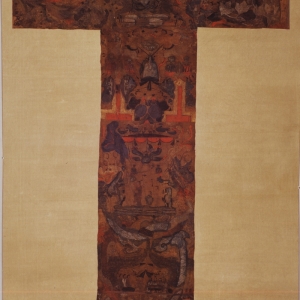
- 张小涛+张无量《神鸟》
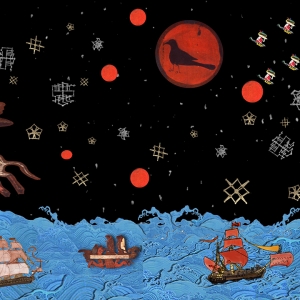
- 素纱单衣(复制品)
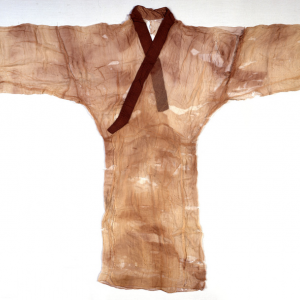
- 梁绍基《平面隧道》

- 梁绍基《8字谜》
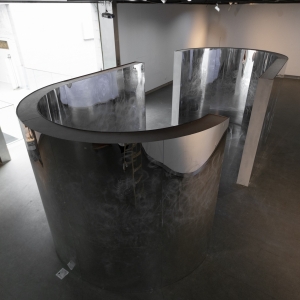
- 周雯静《如云雾,如蝉翼》
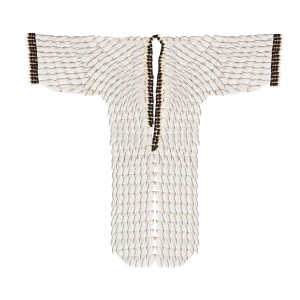
- 绛红纱地印花敷彩纱丝绵袍(复制品)
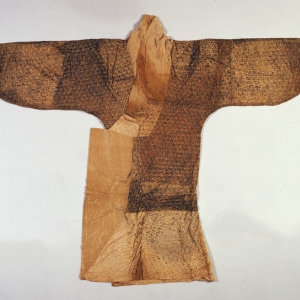
- 数字艺术、机械装置 /300×700cm/ 绢本绘画、钢、竹、木、影像 /2023 将“印花敷彩纱丝绵袍”中的衣纹图案提取为二维动画,在环形显示屏中播放有空间关系的衣纹图案的多维变换。装置部分由九层环形构成,每层12片,每片竹篾绢本上绘制有“印花敷彩纱丝绵袍”中的衣纹图案,包含绘花和印花两种工艺制作的地纹枝蔓与花穗、蓓蕾和叶,装置可上下移动以模拟花片的盛开与闭合。See More
